Two-Stage Air Compressors: Power and Efficiency for the Automotive Shop
Two-stage air compressors offer significant advantages over single-stage models, making them invaluable assets for automotive mechanics. Their dual-stage compression process delivers higher air pressure and greater efficiency, resulting in faster inflation, improved tool performance, and ultimately, increased productivity. The reduced wear and tear from efficient operation also contributes to a longer service life, making them a worthwhile investment in the long run. These compressors are especially beneficial for tasks demanding substantial and consistent airflow, such as operating impact wrenches, sandblasters, and paint spray guns, all common tools in a busy auto repair shop. The increased power and output translate to quicker job completion, leading to greater profitability and customer satisfaction.
Selecting the right two-stage air compressor requires careful consideration of factors like tank size, horsepower, and CFM (cubic feet per minute) output. Larger tank capacity ensures a readily available supply of compressed air, minimizing downtime between tasks. Horsepower determines the compressor's pumping power, while CFM dictates the volume of air it delivers. Mechanics should choose a unit that adequately matches the demands of their workshop and the tools they regularly use. Proper maintenance, including regular oil changes and filter replacements, is crucial to extending the life and optimal performance of the compressor.
Types of Two-Stage Air Compressors
- Portable Two-Stage Air Compressors
- Stationary Two-Stage Air Compressors
- Belt-Driven Two-Stage Air Compressors
- Direct-Drive Two-Stage Air Compressors
- Oil-Lubricated Two-Stage Air Compressors
- Oil-Free Two-Stage Air Compressors
- Vertical Two-Stage Air Compressors
- Horizontal Two-Stage Air Compressors
- Heavy-Duty Two-Stage Air Compressors
- High-Pressure Two-Stage Air Compressors

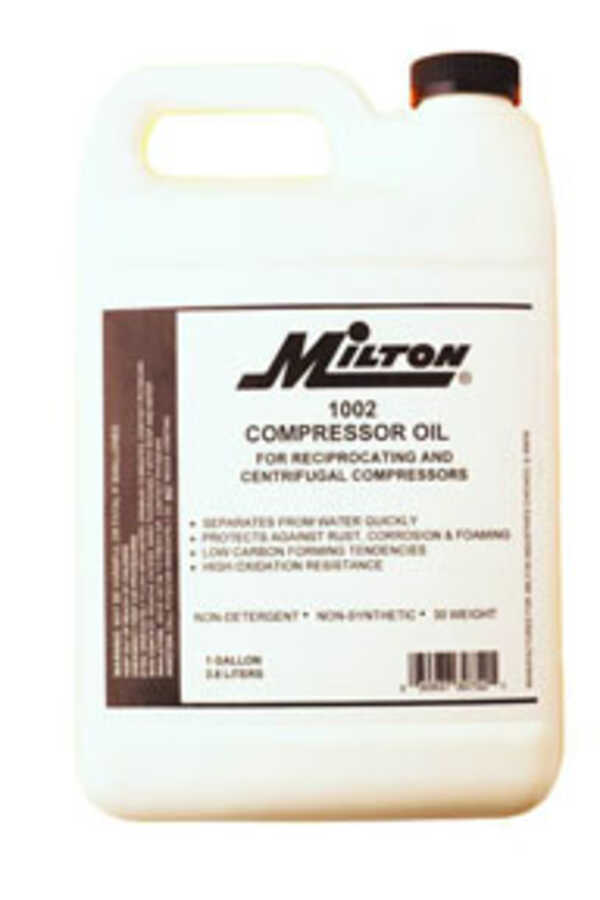

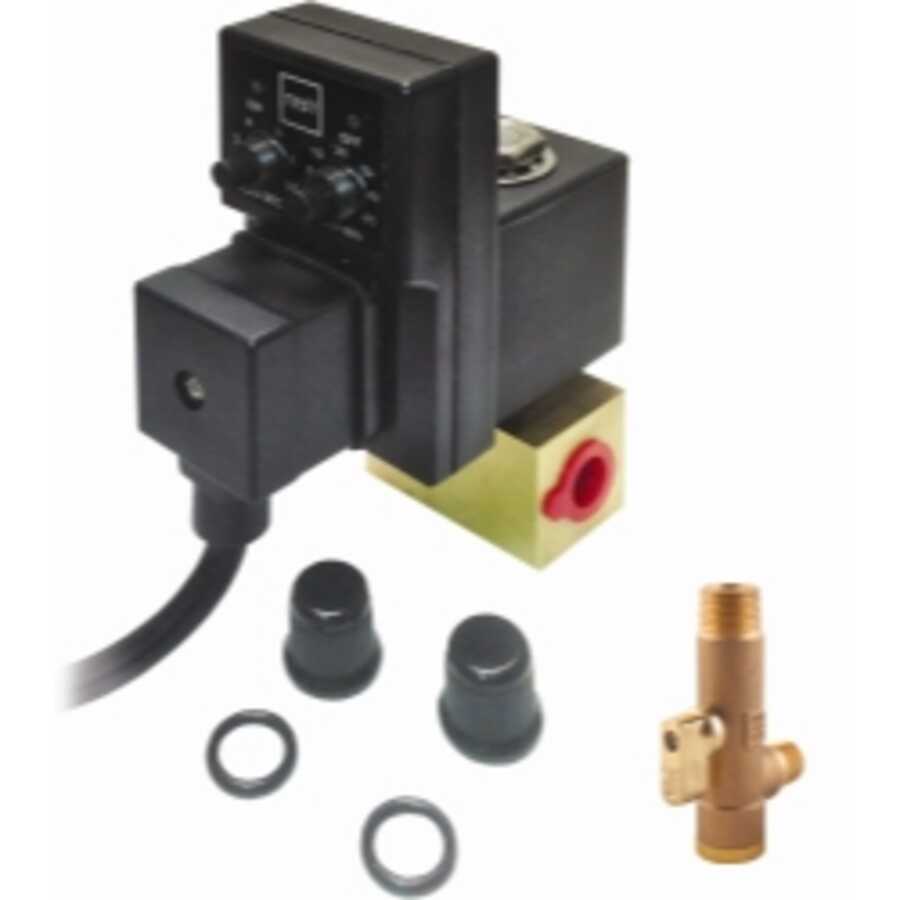
.jpg)


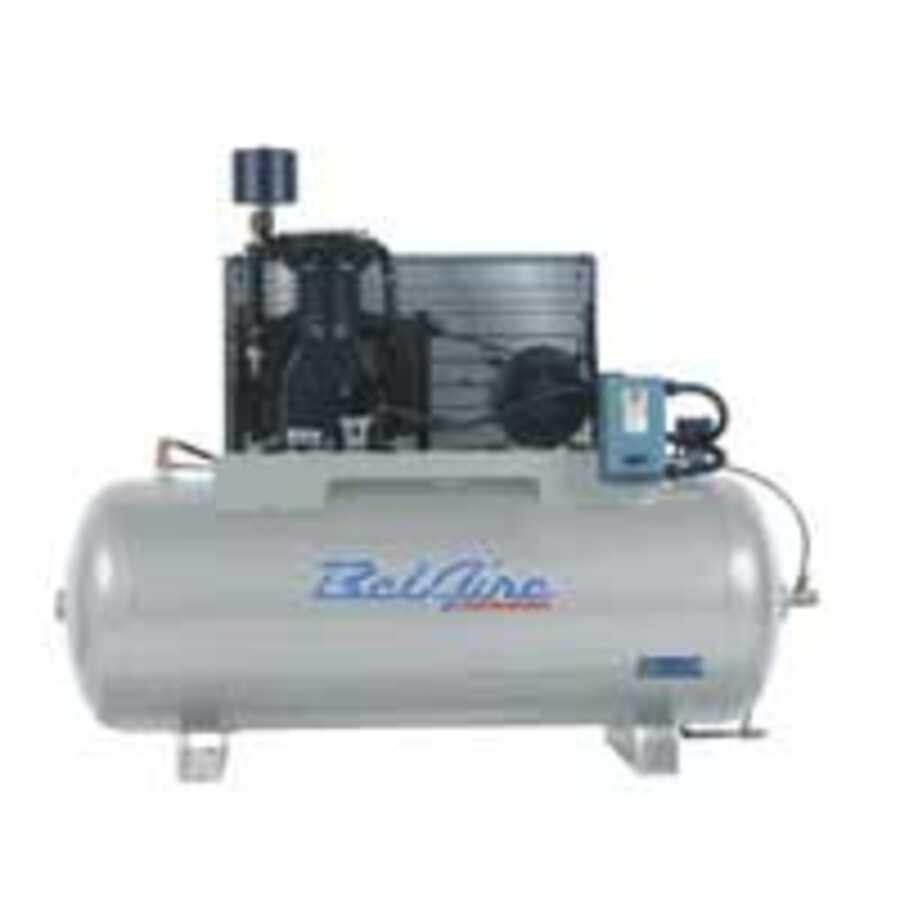








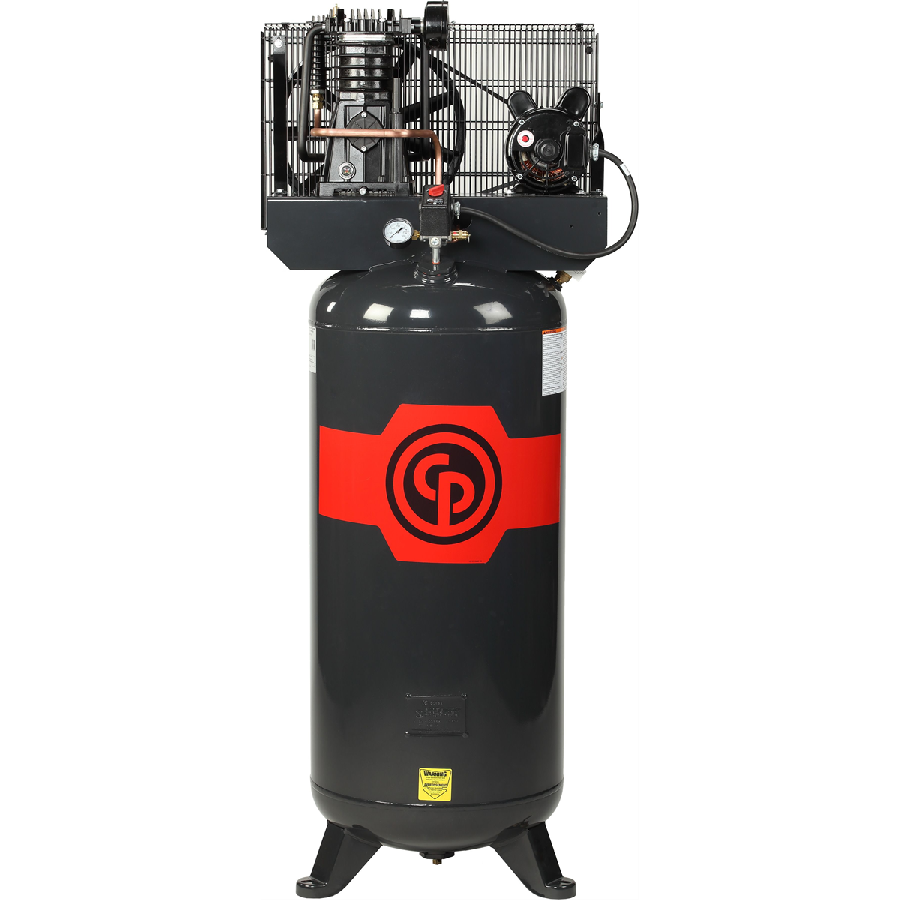
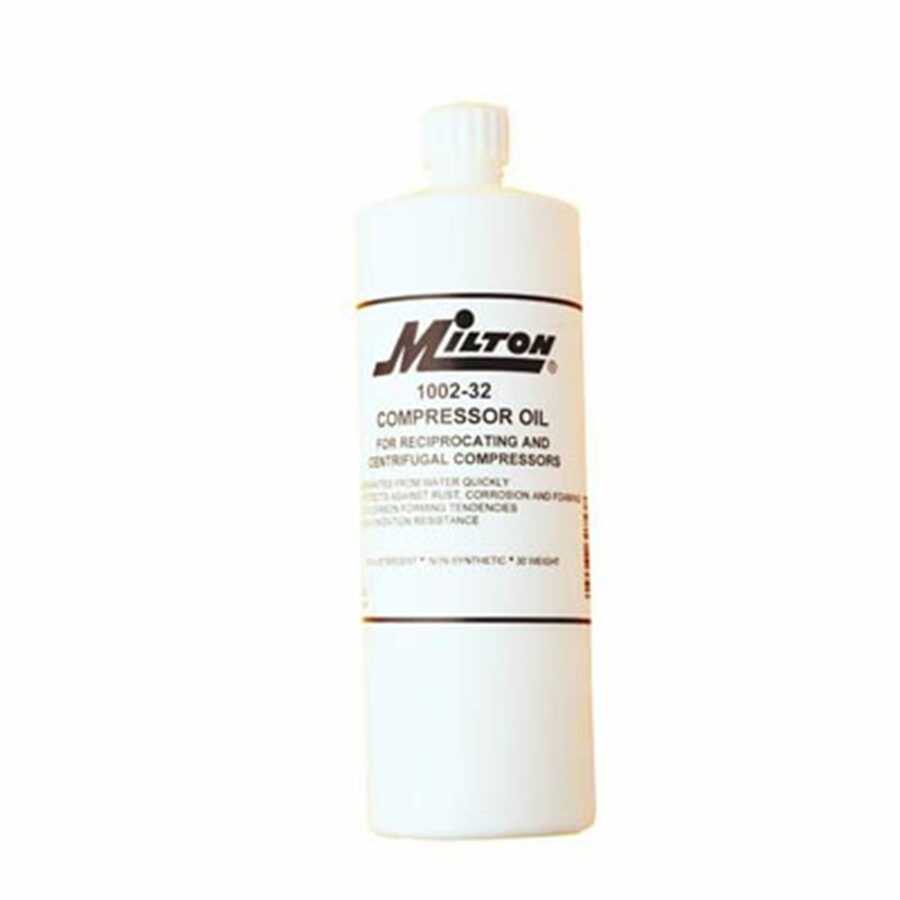
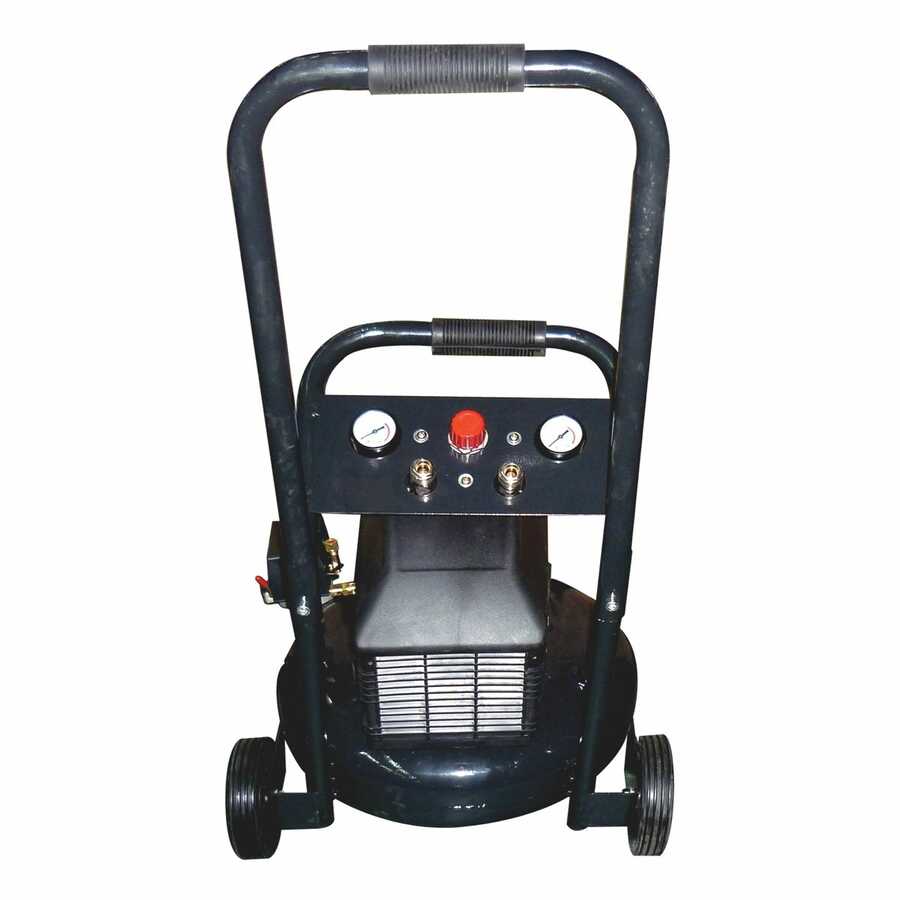






Follow us on social media